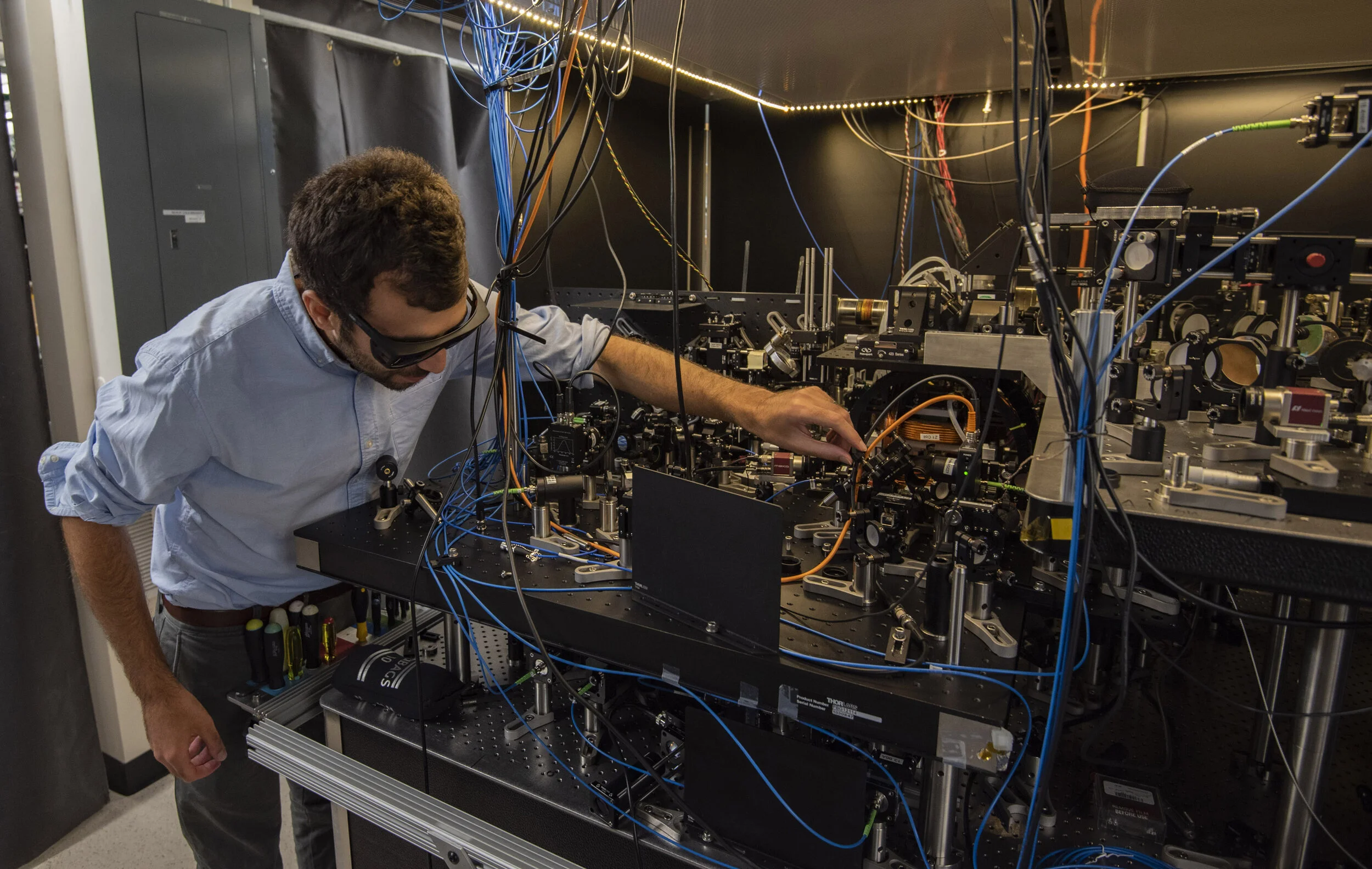
National Institute for Standards & Technology ATP Program Cost-Sharing Grant
Vorcat, Inc. proposed to achieve dramatically improved predictions of fluid flow through the application of innovative algorithms and computational methods.
Fluid engineering - designing systems for the optimum flow of fluids - plays a major role in modern engineering, from the design of engines and gas turbines to airfoils, automobiles, ship hulls, electronic packaging, HVAC systems, and industrial processing equipment. Computational fluid dynamics (CFD), the use of high-speed computers and complex algorithms to model the behavior of fluids in various situations, is a powerful tool for rapidly developing good fluid-flow designs, but today's CFD models have important limitations to their usefulness.
To keep the problem within reasonable cost and computation limits, the current models do not properly account for turbulence and turbulence accompanied by heat transfer, combustion, and compressibility (HTCC) - but these are common factors in real-world design problems. Vorcat has pioneered the use of an alternative CFD approach using the so-called "vortex method," capitalizing on the development of the Fast Multipole Method, an advance in mathematics that made the computation of the vortex method practical. The company's existing software models turbulence far better than older CFD models, but only for a limited HTCC-free world.
By contrast, HTCC flows make up more than 80 percent of the turbulent flow applications in industries that use CFD. Vorcat proposes to extend the vortex method of fluid flow calculation by further optimizing the basic Fast Multipole Method algorithm for use on a highly efficient parallel-processing computer, and making further improvements to the vortex method to accommodate the greatly increased complexity of HTCC turbulent flow. Complexity is the greatest source of risk in this project -- it may be computationally impractical. A small company, Vorcat has been unable to raise private funding for this general solution to the problem of turbulent flow modeling. If successful, the project will enable superior CFD modeling across a broad range of industries, including automotive, aerospace, electronics, and process manufacturing, allowing innovative new designs, reducing development costs and time-to-market, and increasing the energy efficiency of industrial processes and engines. Vorcat estimates the annual market for such advanced turbulence modeling to be between $1 billion to 3 billion.
Progress to Date
Different aspects of the work are described in part in the publications listed above. Several algorithms have been redesigned and reprogrammed so as to achieve dramatic improvements in speed-up and to reduce memory requirements. Similarly, we are using a newer and more optimal architecture of the software in order to accelerate the performance as well easing its use. The heat transfer capability (in the incompressible flow context) have been fully developed and incorporated in the software. Similarly, we have developed and validated buoyancy extension and fully phase-coupled particulate flow capability (the latter sponsored in part by NSF SBIR project). At the time of this writing, we are bench marking the code and developing the compressible flow capability, as well as continuously upgrading the unique visualization capability and overall optimization of the software.
RE: (i) Jim Geiger, Peter Bernard, Pat Collins, Hybrid Visualization Approach for Vortex Method Simulations, PSFVIP4-4032. Fourth Pacific Symposium on Flow Visualization and Image Processing, Chamonix, France, June 3-6, 2003.
(ii) Athanassios Dimas, Peter Bernard, James Collins, and Mark Potts, Vortex Method Simulation of Turbulent Boundary Later, International Association of Hydraulic Engineering and Research, IHAR Congress, Athens, Greece, August 24-29, 2003.
(iii) Peter Bernard, Pat Collins, and Jacob Krispin, Gridfree Simulation of Turbulent Boundary Layer Using Vorcat, AIAA 2003-3424, 16th AIAA Computational Fluid Dynamics Conference, Orlando, FL, 23-26 June, 2003.
(iv) Peter Bernard, Mark Potss, and Jacob Krispin, Studies of Turbulent mixing using the Vorcat Implementation of the 3D Vortex Method, AIAA 2003-3599, 33rd AIAA Fluid Dynamics Conference, Orlando, FL, 23-26 June, 2003.
(v) Peter Bernard and Jun Shen, A Gridfree Dilatation Element Method For Quasi-1D Gas Dynamic, submitted to J. Computational Physics, September 2003.
